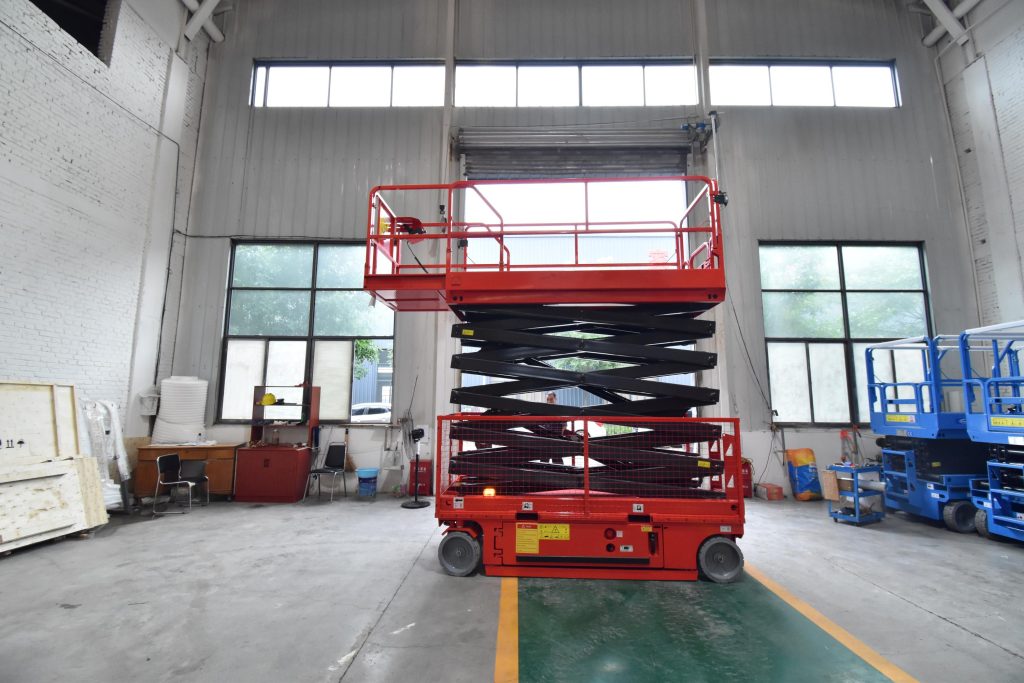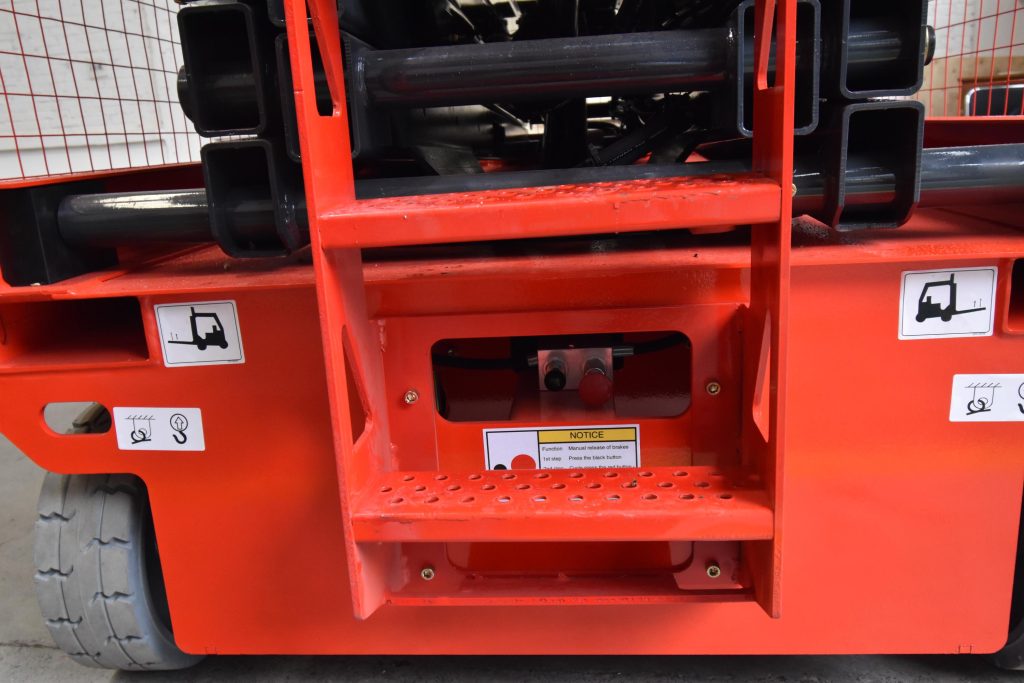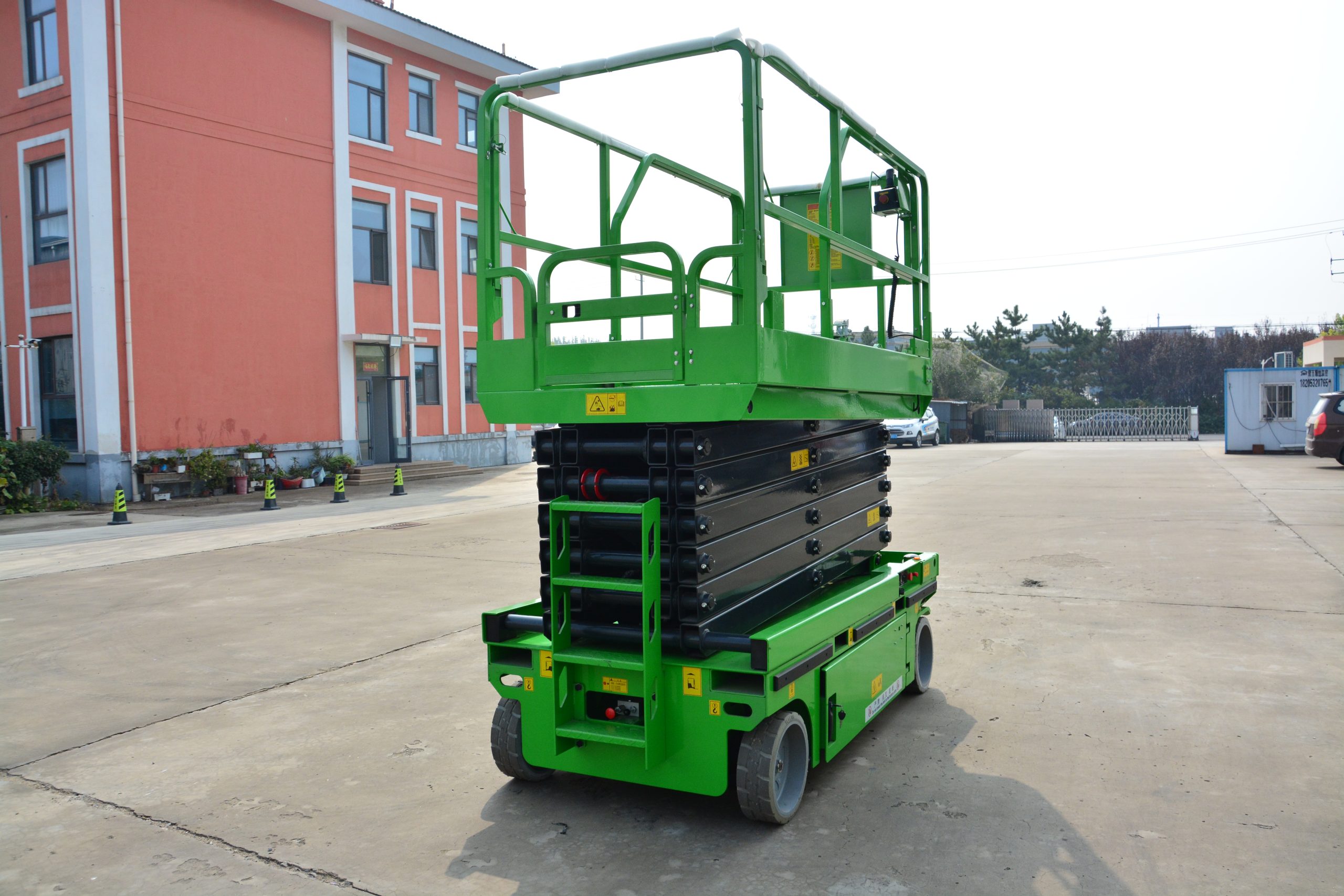Mastering Scissor Lift Operation: Key Techniques for Professionals
Mastering Scissor Lift Operation: Key Techniques for Professionals
Becoming skilled at using scissor lifts is vital for experts in building and property upkeep. These machines play a key role in lifting workers and their equipment to job heights safely. Essential methods involve evaluating lift needs accurately, crafting and sharing solid lift strategies, and carrying out detailed pre-use reviews. Operators need to confirm the weight stays within lift limits. They must follow safety and ecological rules.
What Are Scissor Lifts and Their Applications?
Scissor lifts are flexible raised work platforms built to hoist employees and materials to different levels. These units are critical in many fields due to their small footprint, steadiness, and practicality. They work with a crisscross support system that extends and retracts to lift or lower the deck.
Which Types of Scissor Lifts Are Commonly Used?
Scissor lifts appear in various styles, each designed for specific uses. The self-driven scissor lift suits indoor repair work well. It offers movement and user-friendliness. For outdoor tasks needing more height, hydraulic-powered scissor lifts bring strong hoisting ability. They also provide better balance. Movable scissor lifts serve jobs requiring regular shifts. Their light structure and hand-towing options make this possible.
What Makes YILU Scissor Lifts Stand Out?
YILU’s scissor lifts are known for their toughness, trustworthiness, and great output. They include high-tech safety setups like pinch-proof designs and urgent drop tools. Plus, their items match global rules like ANSI/ASME and EN1570. This ensures premium quality. Look into their self-driven scissor lift to discover how it handles varied work demands.
Where Are Scissor Lifts Most Commonly Utilized?
Scissor lifts find broad use in sectors like construction, transport, air travel, factory work, and stores. They help with jobs such as setting up gear at heights, organizing warehouse stock, and tending to buildings.
How Can You Prepare for Safe Operation?
Using a scissor lift safely calls for careful prep and sticking to instructions.
Why Conduct Pre-Operational Inspections?
Pre-use reviews ensure the machine works at its best. They also cut down risks. Before each shift switch, look for issues like cracked joints or fluid drips. Check the control setup to ensure it runs well.
What Should Be on Your Inspection Checklist?
Examine hydraulic fluid levels, fuel parts, wiring condition, tire state, and deck firmness. Make sure all safety tools are whole and working.
How Do Load Capacities Affect Safety?
Grasping weight limits is key to stop overloading. Overloading often leads to mishaps. Always follow the maker’s weight guidelines.
How Do YILU Products Ensure Load Safety?
YILU scissor lifts have an overload-blocking safety tool. It halts use beyond the set weight. This guards both users and machines. Perfecting work methods can greatly lift output while keeping safety high.
Why Is Proper Positioning Vital?
Right placement keeps the lift steady during use. Set it on a firm spot free of tilts or hazards. Use braces or supports as the maker directs.
How Can You Operate Controls Precisely?
Exact control handling reduces slip-ups. It also raises efficiency. Learn the control board layout before starting.
What Makes YILU Control Systems User-Friendly?
YILU builds easy-to-use control boards with clear signs. Their movable scissor lift highlights this user-first approach.
Ensuring Safety During Operation
What Are the Potential Hazards in the Work Environment?
Spotting dangers is the first move to keep scissor lift use safe. Risks can include rough ground, overhead blocks, power cables, or harsh weather. Before using a lift, check the site for threats. Look for pits, sharp drops, holes, loose soil, overhead items, live wires, or other risky areas. Users must also watch weather factors like winds beyond safe speeds.
Why Is Using Safety Equipment and Protocols Crucial?
Safety gear and rule-following are musts to avoid accidents. Wear harnesses and confirm all safety tools work. Stay clear of power lines during use. Operate on a solid, flat base. Also, regularly check fluid levels, frame strength, and controls.
How Does YILU Enhance Operator Safety with Built-In Features?
YILU’s scissor lifts blend high-end safety tools to lower risks well. Their units feature overload stoppers, urgent drop systems for power loss, and fluid line guards to stop breakdowns from leaks. These built-in setups protect users and stretch the gear’s life.
Maintenance and Troubleshooting for Long-Term Performance
What Are Routine Maintenance Practices for Scissor Lifts?
Regular care is crucial for lasting work efficiency. Frequent reviews should target fluid systems, wiring, tire health, and joint strength. Swap hydraulic fluid yearly. Use 32# fluid in winter and 46# in summer if parts allow. Keep the deck free of dust and dampness to stop wear.
What Is the Recommended Maintenance Schedule for YILU Products?
YILU suggests a clear care plan suited to their scissor lifts. For example:
- Daily Checks: Test controls and ensure no frame flaws.
- Monthly Maintenance: Clean fluid systems fully to clear dirt or grime.
- Annual Overhaul: Swap hydraulic fluids based on seasonal needs. This orderly method ensures YILU items perform at their peak for long stretches.
How Can You Address Common Operational Issues?
Work hiccups can stall tasks but are often fixable with quick action. Usual troubles include shaky decks or uneven lifting/lowering. If the deck won’t drop due to stuck parts or items in the roller path, check the spot and clear it.
How Can YILU’s Customer Support Services Assist You?
YILU provides strong support to fix work issues fast. Their team gives troubleshooting help and suggests practical fixes for specific problems. This keeps downtime low while upholding safety.
Advancing Skills and Knowledge in Scissor Lift Operation
Are Training Programs Necessary for Professionals?
Training courses are key for safely mastering scissor lift use. Approved classes cover vital areas like pre-use reviews, weight control, and urgent steps. You must pass tests and earn a certificate before working. These credentials boost skills and meet field rules.
Why Should You Stay Updated on Industry Standards?
The raised work field shifts fast with tech upgrades shaping new work norms. Staying current ensures rule-following and brings in fresh ways to lift output. For instance, YILU adds cutting-edge tools like auto-leveling to ensure their products to match global efficiency and safety marks.
FAQs
Q1: What are the key safety features of YILU scissor lifts?
A: They include overload blockers, urgent drop tools, and fluid line guards.
Q2: How often should maintenance be conducted on scissor lifts?
A: Daily reviews are vital before use. Monthly fluid system cleaning is advised. Do a yearly overhaul too.
Q3: Why is professional training necessary for operating scissor lifts?
A: Training ensures safe use by teaching key points like weight handling, pre-use checks, and urgent steps while meeting field standards.







